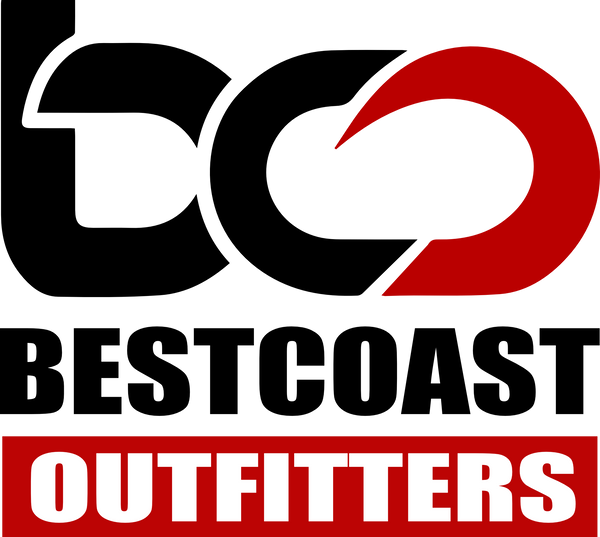
C to C Roll
Share
By Alex Matthews
The ability to roll a kayak is likely the single most ‘transformative’ skill that a paddler can acquire. And although a roll certainly isn’t a prerequisite to enjoy kayaking, a dependable roll will transform your paddling experience, and open up new avenues of play and exploration. A strong roll will increase your confidence on the water immeasurably, and encourage you to play with new techniques – safe in the knowledge that if you do capsize, you can quickly recover simply by rolling back upright.
A successful roll depends on good technique, not on power, so any reasonably fit paddler with the dedication and patience to practice, can learn to roll.
There are a great many different ways to roll, but there are a few key elements common to all. The first, and most important is often called the ‘hip snap’.
Hip Snap
The hip snap, also known as the ‘hip flick’, refers to the action of rotating your hips to right your kayak, and is without a doubt the single most important step to master for the roll. A good hip snap will also make your braces much more effective.
The idea behind the hip snap is simple: by staying loose at your hips, you can use your knee to roll your hips and your kayak back upright, while your body and head remain in the water.
The C to C Roll
1. To setup for your roll, lean far forward from the waist so that your chest is on your foredeck with your paddle held parallel to the boat.

2. From this set up position, you’ll sweep the power face of your forward blade (closest to the bow) out to the side, arcing the blade toward the stern with your back arm being the pivot point. To keep your blade from sinking as you sweep, maintain a sculling, or climbing angle on the blade. This means angling your blade so that the leading edge is slightly higher than the trailing edge, so it creates lift.

3. As you sweep your forward blade out to 90 degrees, actively weight your paddle, using it for support to keep your body floating close to the water’s surface, and hip snap your kayak upright while keeping your head in the water. Note that the goal during the sweeping blade phase is NOT to get the paddler’s trunk upright out of the water, but simply to keep it close to the surface, getting the kayaker’s body into a position so that the legs and hips can hip snap the boat upright.
If rolling up on your right blade, hip snap by driving your right knee skyward, while dropping your left knee. This action will rotate you kayak upright, while you body remains in the water.

Extend your body out to the side as you sweep, following your blade with your head to get yourself as close to the surface as possible.
4. The key to completing a roll is keeping your head down throughout, allowing your hip snap to roll the kayak almost completely upright. The tricky thing about this is that it fights your natural instinct to get your head out of the water as quickly as possible. One of the best ways to keep your head down is to watch your active blade throughout its motions.

Once you’ve hip snapped your boat upright, swing your body back overtop of your kayak. Think in terms of a supple movement drawing each vertebra back upright starting at the base of your spine and flowing all the way up to your neck, with your head coming up last. Finishing lying backward on the stern deck is the most common technique, and is the most reliable for many paddlers as it keeps their center of gravity as low as possible throughout the maneuver.

